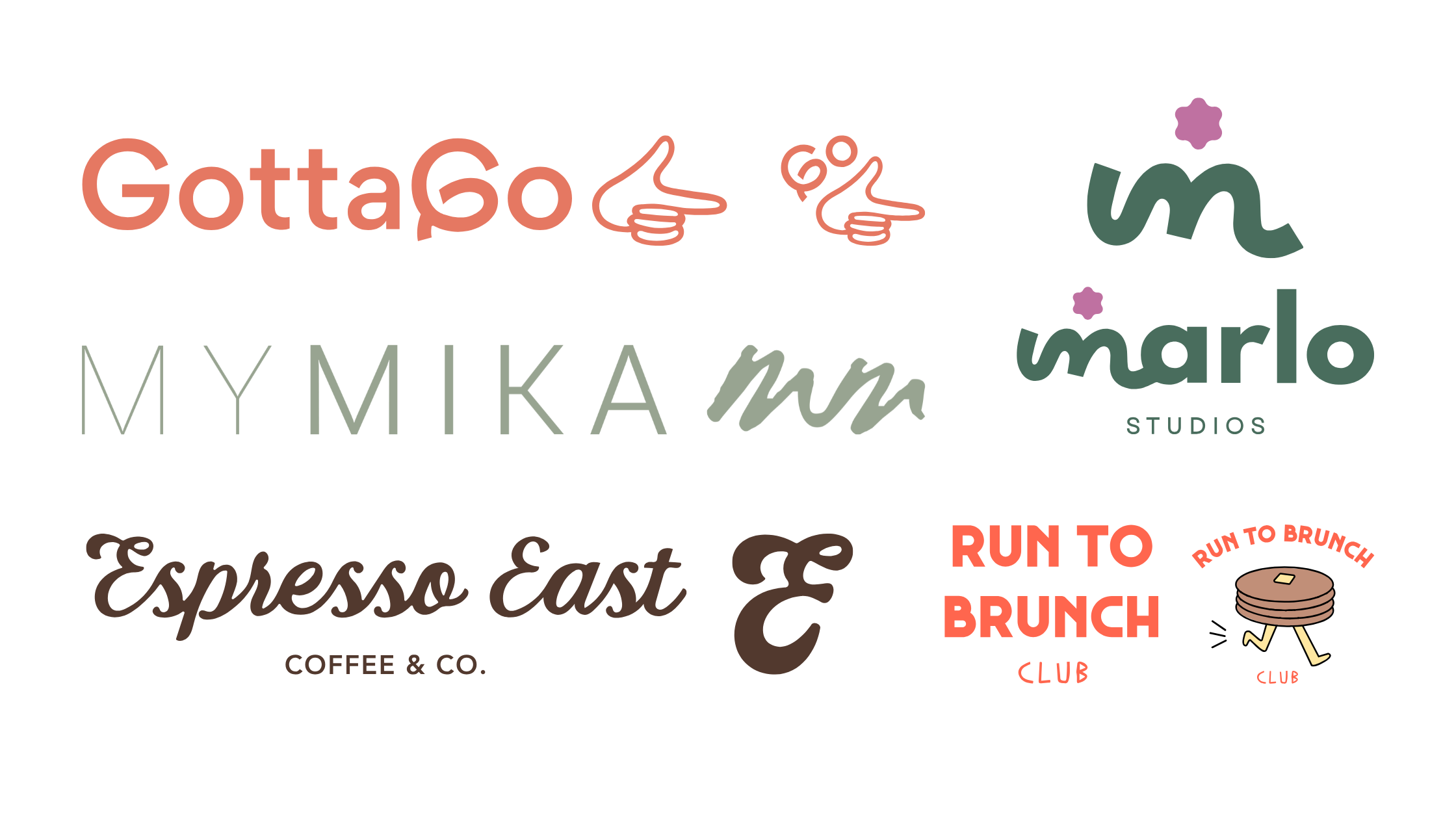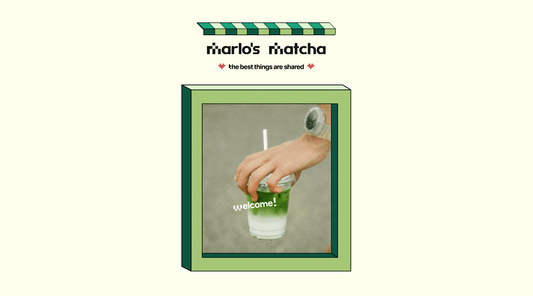Logo vs Icon—Differences for Designers
Amazon’s smiling logo is iconic, with the orange arrow connecting “a” and “z.” But it’s not the icon.
The icon of Amazon is just the lowercase “a” with the orange arrow underneath.
You can see the full logo in the top left corner of their website, while the icon is used as their app icon and favicon.
Knowing the difference between logos and icons as a designer is essential when you are designing brands.
In this article, we will explore the key differences between logos and icons and look at examples we’ve created to show these distinctions to help you improve your brand identity creation process.
What Is a Logo?
When people talk about logos, they typically refer to the primary logo of a brand.
This is the complete version that appears most frequently across brand touchpoints. Think of it as the full signature of a brand identity that an audience will recognize instantly.
The primary logo often combines two key elements: the brand name and a visual symbol or icon.
This complete presentation gives people all the information they need about who a brand is at a glance.
It works perfectly for websites, packaging, and promotional materials where a strong first impression is needed.
Many brands also develop a secondary logo for practical reasons. This is a simplified adaptation of the primary logo, designed to work in spaces where the full version might not fit properly.
The secondary logo maintains brand recognition while being more flexible for applications like smaller digital placements.
Creating comprehensive guidelines for both your primary and secondary logos helps maintain consistency as the brand you’re designing for grows.
What Is an Icon?
A primary icon is a third logo variation (after primary logo and secondary logo) that represents an even more simplified version of your logo.
This highly condensed mark often uses just the first letter of the brand name, like the Amazon example we gave, or a recognizable graphic element extracted from the primary logo.
Icons serve a specific purpose in the brand identity you’re creating. They should be instantly recognizable without showing your complete brand name.
This quick recognition is key to making your icon effective, especially in small spaces where your full logo won't fit.
This is because icons are used in contexts where space is extremely limited e.g. app icons, social media avatars and favicons.
Logo vs Icon Examples
Let's examine some real examples from brands we've designed at Marlo Studios to see these logo and icon differences in practice.

For our own brand Marlo Studios, the full logo displays the complete "Marlo Studios" name, while the icon uses just a simplified "M" letterform that maintains brand recognition at small sizes.
GottaGo, we took a different approach. Their logo features the full brand name paired with a playful doodled hand. The icon is that hand graphic with a shortened "Go" for compact spaces.
MYMIKA shows how typography can create distinction. Their logo presents "MYMIKA" with "MIKA" in bold for emphasis. Their icon simplifies to just two hand-drawn "M" letters that form "MM".
Espresso East demonstrates how logo variations can add context. Their primary logo includes both the brand name and "Coffee & Co." for clarity, while their icon uses just the letter "E" for quick recognition.
Run to Brunch offers an interesting contrast. Their primary logo is purely text-based, while their icon actually adds a graphic element alongside the name, showing that icons can sometimes contain elements not found in the main logo.
Conclusion
Understanding the difference between logos and icons helps you create a more flexible and effective brand identity system.
Your primary logo serves as the complete brand signature, while secondary logos offer adaptability for different contexts.
Icons provide the most simplified representation of your brand for micro applications where full logos would be impractical.
Get help creating a cohesive brand identity system using our Brand Identity Guidelines 2.0 Template that includes everything you need for an easy logo design process.



